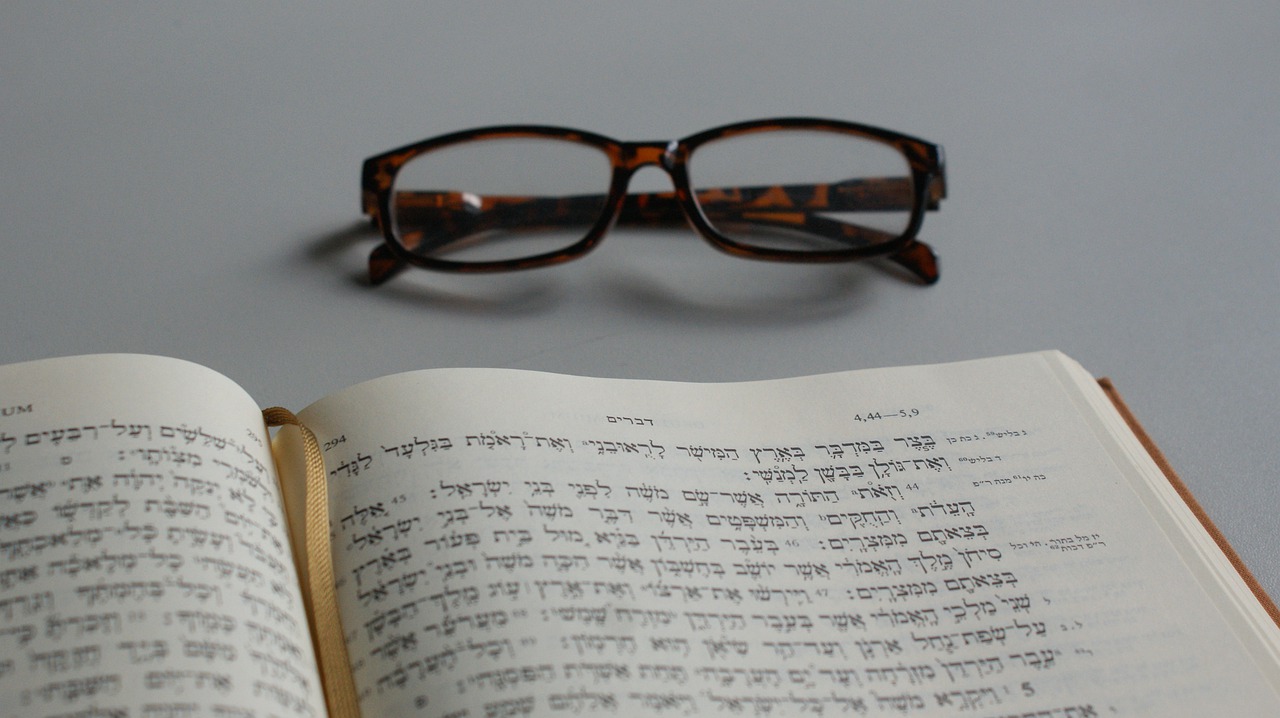Leveraging Blockchain for Secure Educational Content Distribution: Skyexch, World777, Goldsbet login
skyexch, world777, goldsbet login: Blockchain technology has been a game-changer in various industries, and education is no exception. Leveraging blockchain for secure educational content distribution is a smart move that can revolutionize how learning materials are shared and accessed. Whether it’s textbooks, research papers, or online courses, blockchain can ensure the integrity and security of educational content.
So, how exactly can blockchain be used for secure educational content distribution? Let’s delve into the details.
1. Immutable and Transparent Records
Blockchain creates a decentralized and secure network of records that are tamper-proof. This means that once educational content is uploaded to the blockchain, it cannot be altered or deleted without leaving a trace. This feature ensures the authenticity and integrity of educational materials.
2. Smart Contracts for Content Distribution
Smart contracts are self-executing contracts with the terms of the agreement directly written into lines of code. Educational institutions can use smart contracts to automate the distribution of educational content to students, ensuring that only authorized users can access the materials.
3. Decentralized Storage
Traditional centralized servers are vulnerable to hacks and data breaches. By leveraging blockchain technology, educational institutions can store educational content in a decentralized and encrypted manner, making it more secure and less susceptible to cyber attacks.
4. Copyright Protection
Blockchain technology can also be used to protect the intellectual property rights of educators and content creators. By storing copyright information on the blockchain, educational materials are safeguarded from plagiarism and unauthorized use.
5. Access Control
Blockchain allows for granular access control, enabling educational institutions to set permissions for who can view, download, or modify educational content. This feature ensures that only authorized users can access specific materials, enhancing security and privacy.
6. Timestamping for Authenticity
Blockchain’s timestamping feature enables educators to prove the authenticity and ownership of educational content by creating an immutable record of when the content was created or updated. This can be particularly beneficial for research papers and academic publications.
7. Enhanced Data Privacy
With growing concerns about data privacy, blockchain technology offers a solution by encrypting and protecting sensitive educational content. This helps to build trust among students and faculty members by ensuring that their personal information remains secure.
In conclusion, leveraging blockchain for secure educational content distribution brings numerous benefits to educational institutions, including increased security, authenticity, and efficiency. By harnessing the power of blockchain technology, the future of education looks promising and secure.
FAQs:
1. How does blockchain ensure the security of educational content?
Blockchain creates a decentralized and tamper-proof network of records, ensuring the integrity and authenticity of educational materials.
2. Can blockchain protect copyrighted educational content?
Yes, blockchain technology can be used to protect the intellectual property rights of educators and content creators by storing copyright information on the blockchain.
3. How can smart contracts automate content distribution?
Smart contracts are self-executing contracts with terms written into code. Educational institutions can use smart contracts to automate the distribution of educational content to authorized users.
4. Is blockchain technology scalable for educational institutions?
Yes, blockchain technology is scalable and can be customized to meet the specific needs of educational institutions for secure content distribution.







